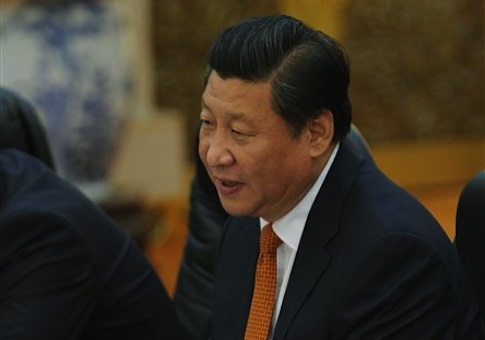A top former State Department official said at a Foreign Policy Initiative national defense panel Thursday in Washington, D.C., that the United States’ policy on Asia is almost in "free fall."
"I think where we are right now with something that initially looked very bold and innovative—the pivot, or the rebalance—followed by a lot of nothing in terms of implementation, and I don’t mean that just in the [Department of Defense] military area but in the more comprehensive sense, and a lot of questions from friends, allies, and others about where we’re headed," said Randy Schriver, deputy assistant secretary of state for East Asian and Pacific Affairs until 2005.
Schriver pointed to China’s increased military spending and positioning.
"We basically did a study of studies and what we found very clearly is that at every juncture, in every category of description, in every way, we were underestimating the pace of Chinese military modernization and the success that they would have in a variety of aspects of their military modernization," Schriver said.
Seven of the world’s ten largest militaries are in Asia, and defense budgets in the region are on the rise, according to Schriver.
The panel largely recommended increased defense spending to make up for defense spending cuts in recent years.
Michael O'Hanlon, director of research for the Foreign Policy program at the Brookings Institution, said the administration can use "funny math" to have a pivot to Asia that doesn’t actually increase forces there.
"If the fleet is shrinking at the same time that the proportion devoted to the Pacific region is going up, the two effects can cancel each other out, and that is about what happens under sequestration," O’Hanlon said.
